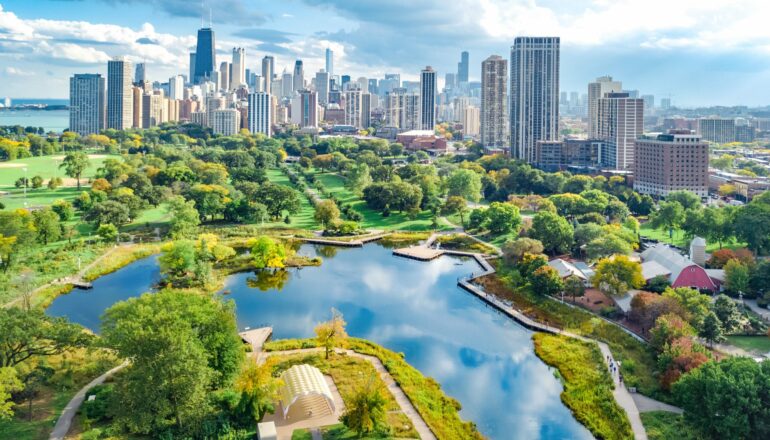Urban green areas, including parks and gardens, are a fundamental part of our cities and are, on many occasions, the only contact that humans have with nature.
These urban green spaces provide us with a myriad of ecosystem services, from training our immune system and promoting physical and mental health to regulating heat waves and floods, which are especially important in the current context of urbanization. However, these urban green spaces also play an important role in global carbon sequestration, a vital ecosystem service for mitigating CO2 emissions and the effects of climate change.
The carbon stored in our parks also contributes to the maintenance of soil biodiversity and facilitates the sustainability of our parks, which means less expenditure for the public coffers. Until now, the quantity, controlling factors and sensitivity of carbon to global warming in urban green areas had not been evaluated, which meant considerable uncertainty in future predictions about the magnitude of carbon sequestration in these ecosystems.
The BioFunLab-led research includes samples from 56 cities on all continents. The research highlights the fundamental role of urban green spaces as carbon reservoirs. “Our study shows that urban parks in green spaces around the world have an equivalent amount of carbon in the soil to natural areas near our cities, highlighting the role of our parks in a context of climate change,” says Manuel Delgado Baquerizo, leader of BioFunLab and lead author of the article.
Furthermore, the research highlights that the carbon stored in natural areas and urban parks are controlled by similar climatic factors. “Warmer cities have lower soil carbon content in urban parks and natural ecosystems, which is not good news in our fight against climate change in a warmer world,” says Delgado Baquerizo.
The study also shows that carbon in cities and natural areas are regulated by different biological factors. The carbon of natural areas is closely related to the primary productivity of the ecosystem, while soil microbes are particularly important in explaining the carbon of parks and gardens.
In this framework, ecosystem management (e.g. mowing) plays a fundamental role in explaining carbon sequestration in urban green spaces. “In natural ecosystems, primary productivity and decomposition of organic matter define carbon input, but this relationship may be perturbed by the management of plant communities in urban systems. Our study demonstrates that soil microbes are the main drivers of carbon in urban areas,” says Tadeo Sáez, BioFunLab member and co-author of the paper.
Finally, the research suggests that the importance of microbes as carbon regulators in urban parks is a double-edged sword. “Carbon in park and garden soils is more vulnerable to loss through microbial respiration in response to global warming,” says Delgado Baquerizo. “These soils have a high proportion of genes associated with the decomposition and mineralization of organic matter,” explains Tadeo Sáez.
“Our study demonstrates the importance of parks as carbon reservoirs in an urbanized world, where 7 out of 10 people will live in cities by 2050. Future parks and urban policies should take into account the soil microbiome to maintain soil carbon and its capacity to maintain multiple ecosystem services as well as the sustainability of our parks,” concludes Delgado Baquerizo.
The study is published in the journal Nature Climate Change.
More information:
Manuel Delgado-Baquerizo et al, Biogenic factors explain soil carbon in paired urban and natural ecosystems worldwide, Nature Climate Change (2023). DOI: 10.1038/s41558-023-01646-z
Provided by
Spanish National Research Council
Citation:
The role of our parks in the fight against climate change (2023, March 28)



